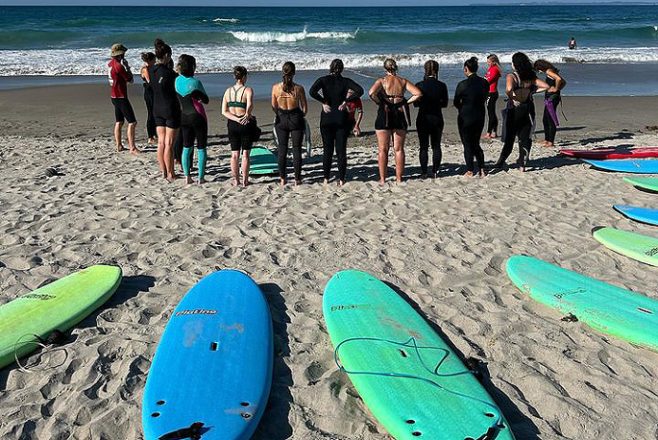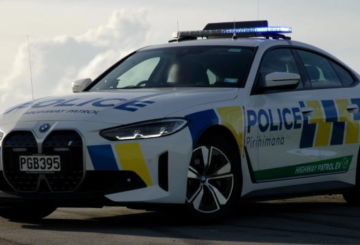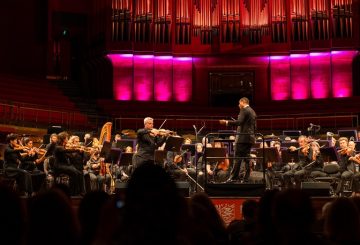현지 서핑 커뮤니티는 Tū Manawa의 자금 지원 덕분에 큰 변화를 겪고 있습니다.이 기금은 서핑 문화에 깊숙이 자리 잡은 서핑 클럽인 파파모아 보드라이더스 (Pāpāmoa Boardriders) 가 이니셔티브인 와힌 웨이브 잼 데이즈 (Wahine Wave Jam Days) 를 통해 포용성과 역량 강화를 증진하는 데 도움이 되었습니다.
파파모아 보드라이더스의 위원회 위원인 조이는 투 마나와 펀딩이 없었다면 와힌 웨이브 잼 데이를 개최할 수 없었을 것이라고 말합니다.이들 이벤트는 여성 참가자들에게 안전하고 재미있고 매력적인 경험을 선사하는데, 이들 중 상당수가 처음으로 서핑에 도전하는 여성 참가자들이다.
또한 이 기금은 클럽 회원 수를 늘리고 클럽의 포용성에 대한 지역사회의 인식을 높이는 데도 도움이 되었습니다.Zoe는 Sport Bay of Plenty가 자금 지원 과정에 도움을 준 것에 대해 감사를 표하며, 신청 개선을 위해 귀중한 피드백을 제공했다고 말했습니다.
스포츠 베이 오브 플렌티의 커뮤니티 스포츠 및 레크리에이션 총괄 매니저인 닉 챔버스 (Nick Chambers) 는 와힌 웨이브 잼 데이즈 (Wahine Wave Jam Days) 와 같은 이니셔티브를 지원함으로써 레크리에이션에 투자하고 포용성의 장벽을 허물고 있다고 말합니다.그는 이러한 목표 기금이 지역사회 복지 향상에 실질적인 변화를 가져올 수 있다고 믿습니다.
Pāpāmoa Boardriders는 미래를 내다보며 개인이 커뮤니티의 일원이면서 자신만의 서핑 목표를 달성할 수 있는 공간을 제공하면서 포용성과 경쟁력을 모두 갖추는 것을 목표로 합니다.투 마나와 (TūManawa) 기금 덕분에 기술 수준에 상관없이 더 많은 여성들이 클럽에 가입하여 서핑에 참가할 수 있게 되었습니다.
조이는 웨인 웨이브 잼 데이즈 (Wahine Wave Jam Days) 가 미친 영향에 대해 이렇게 회상하며, 여성들이 물 속에서 즐거운 시간을 보내며 종종 자신의 두려움을 이겨내는 모습을 볼 수 있어서 좋았다고 말했습니다.그녀는 서핑이 개인의 성장과 우정 발전으로 이어질 수 있다고 덧붙입니다.
Pāpāmoa Boardriders의 이야기는 투 마나와 펀딩이 스포츠 및 레크리에이션 참여의 장벽을 없애는 동시에 포용성, 권한 부여 및 커뮤니티 정신을 증진하는 데 긍정적인 영향을 미칠 수 있음을 보여줍니다.이 클럽은 파파모아와 그 외 지역에서 포용적이고 활기찬 서핑 문화를 위한 길을 닦고 있습니다.





























































